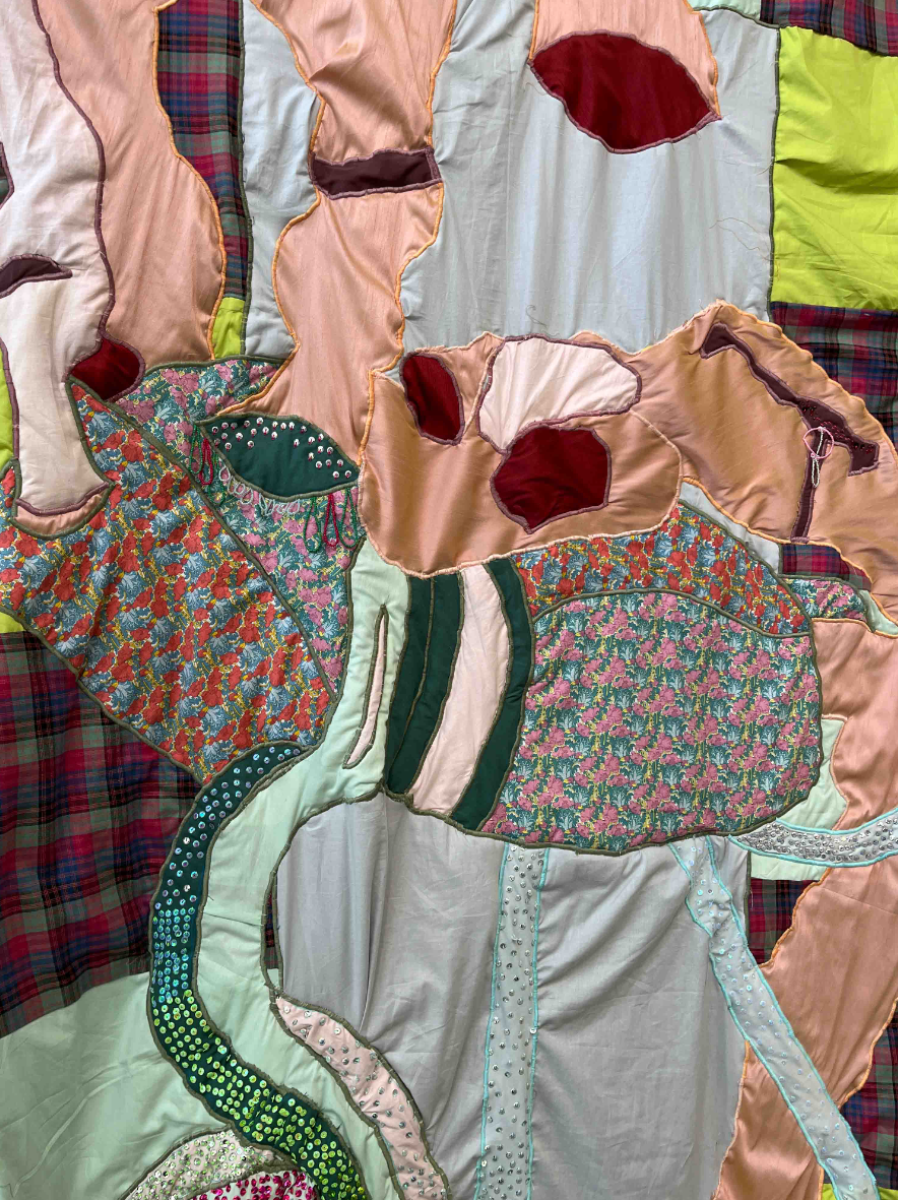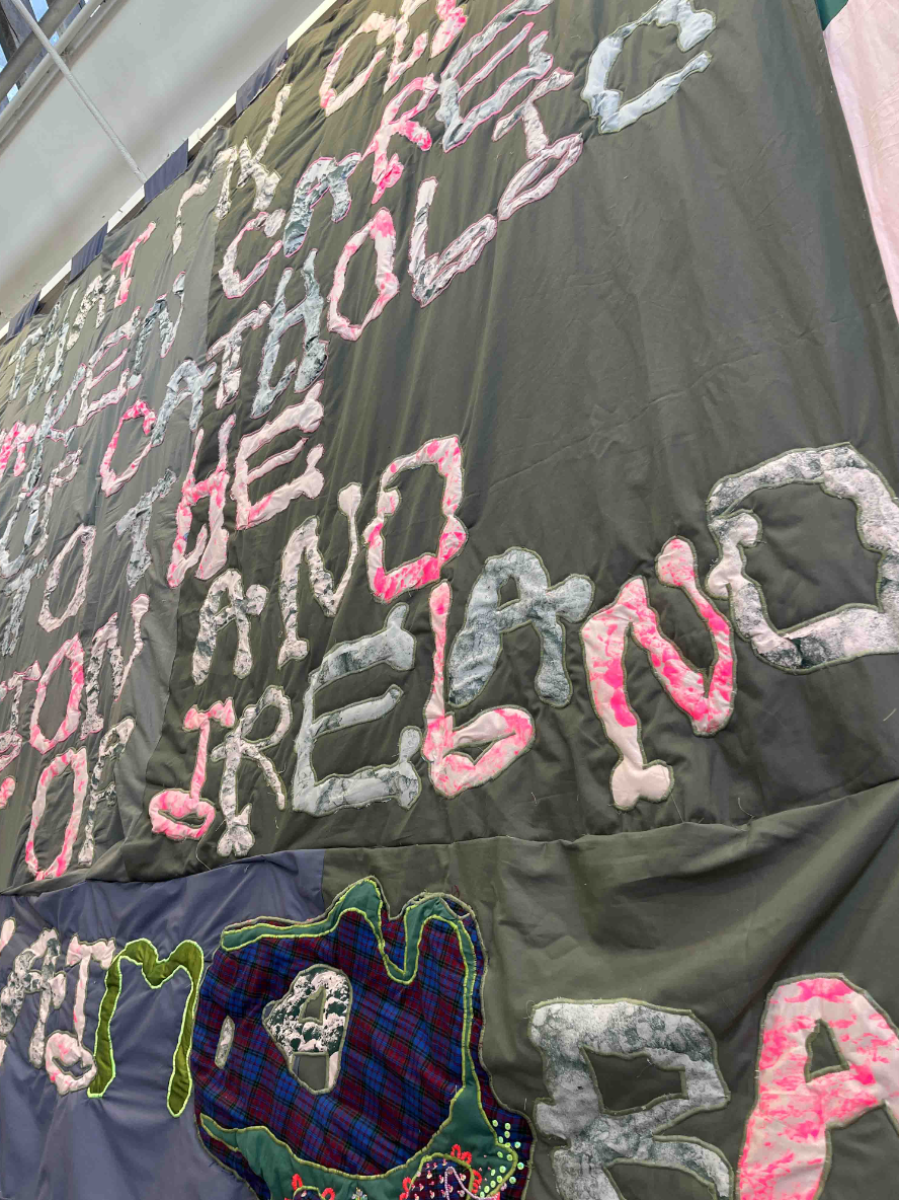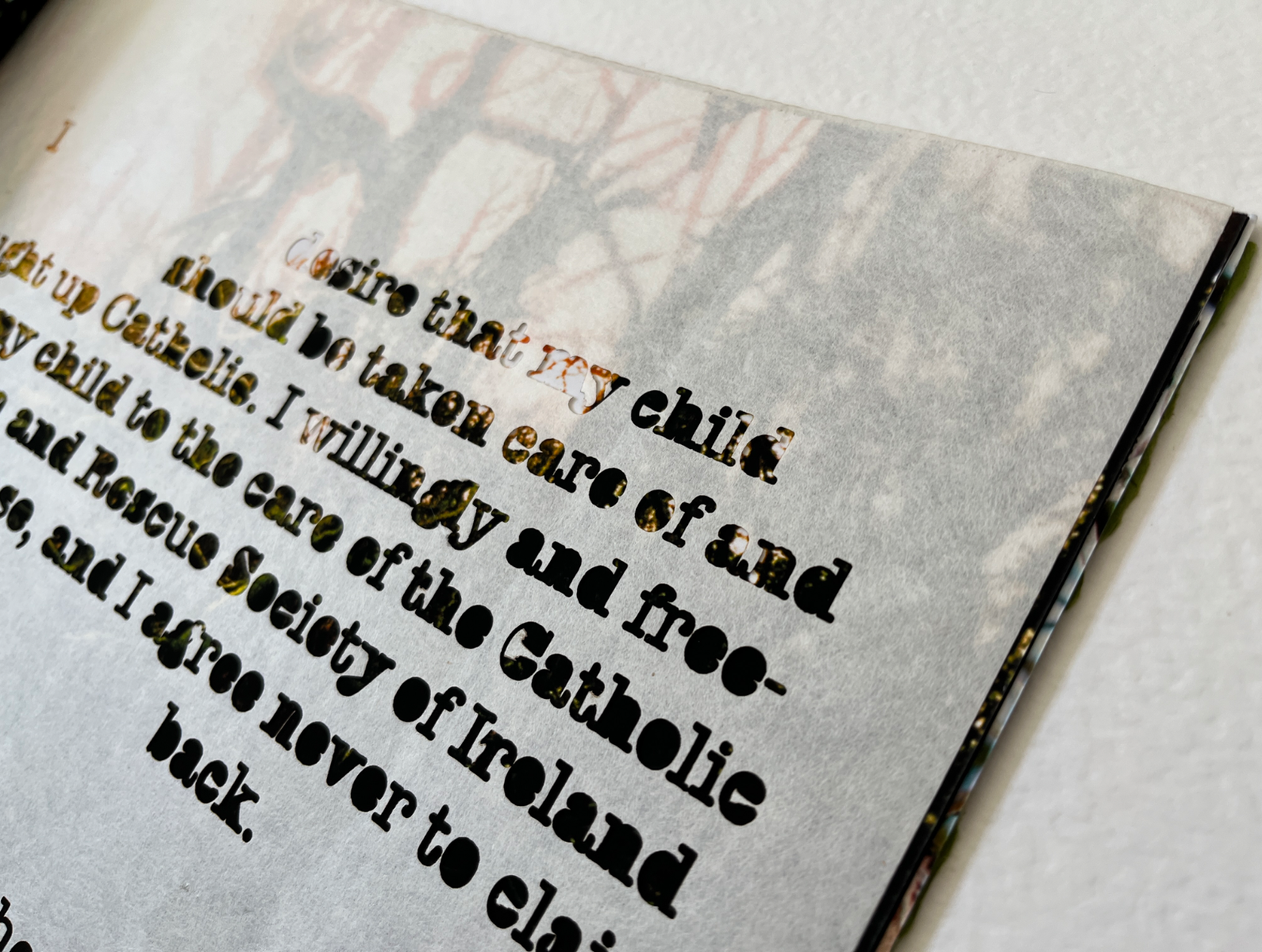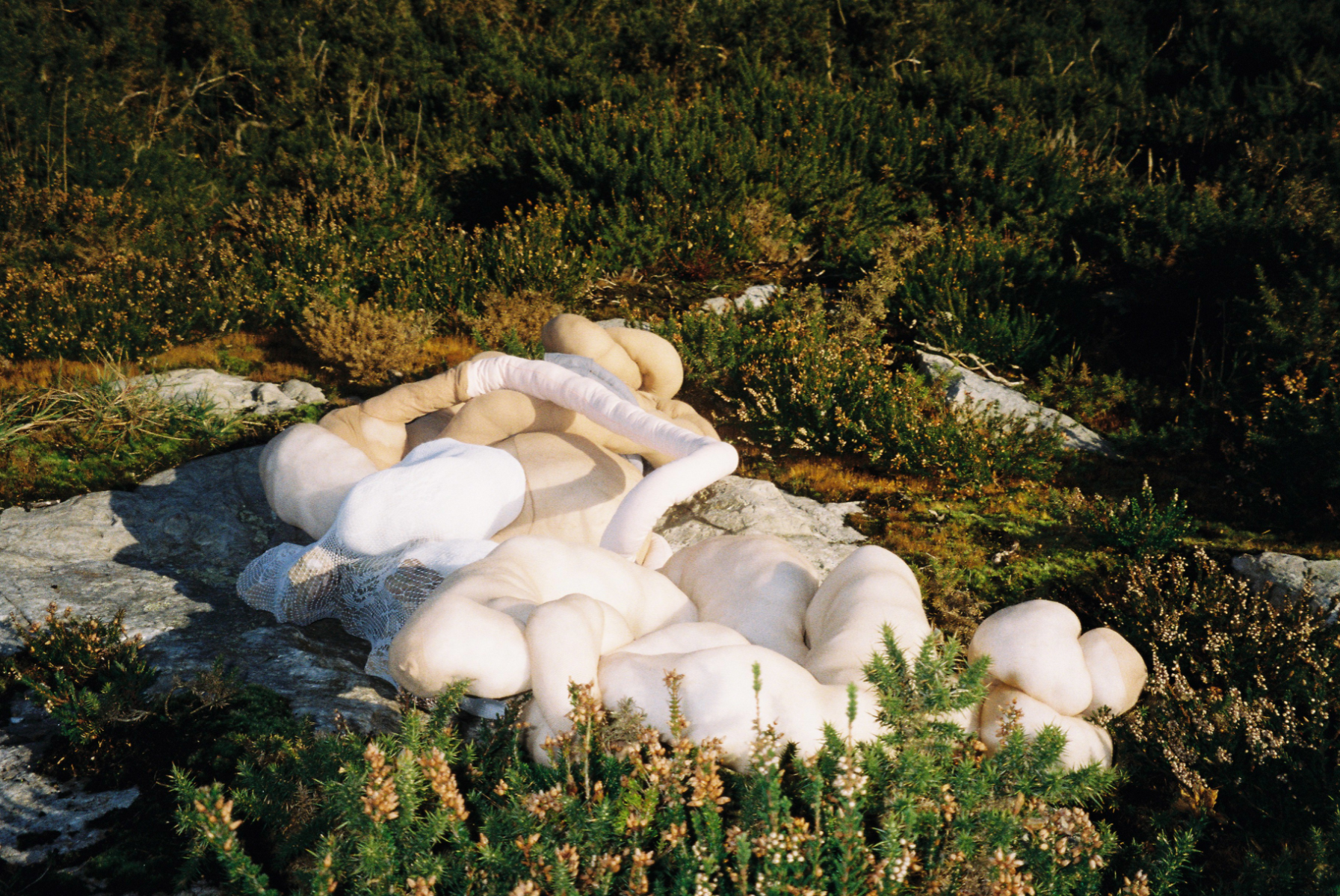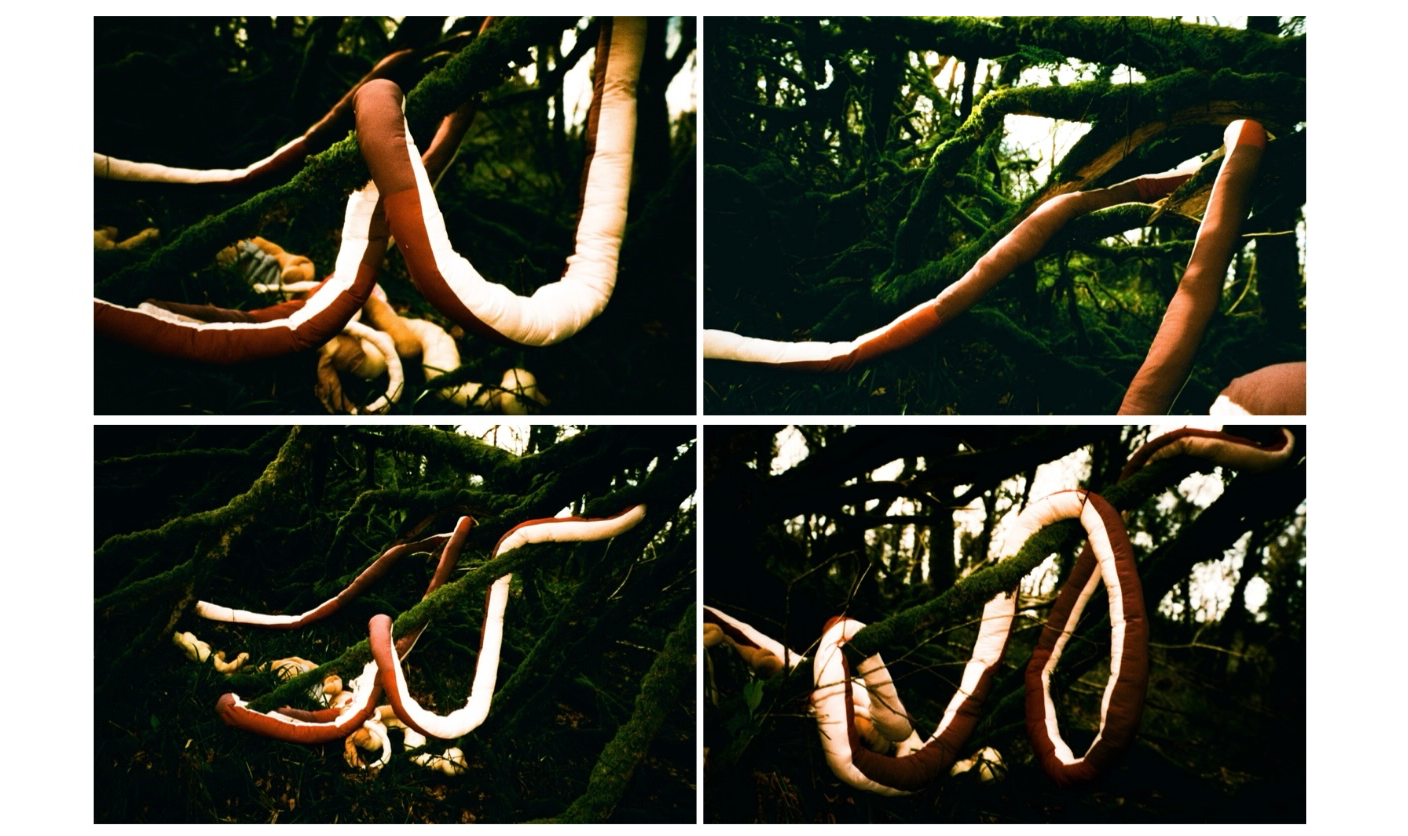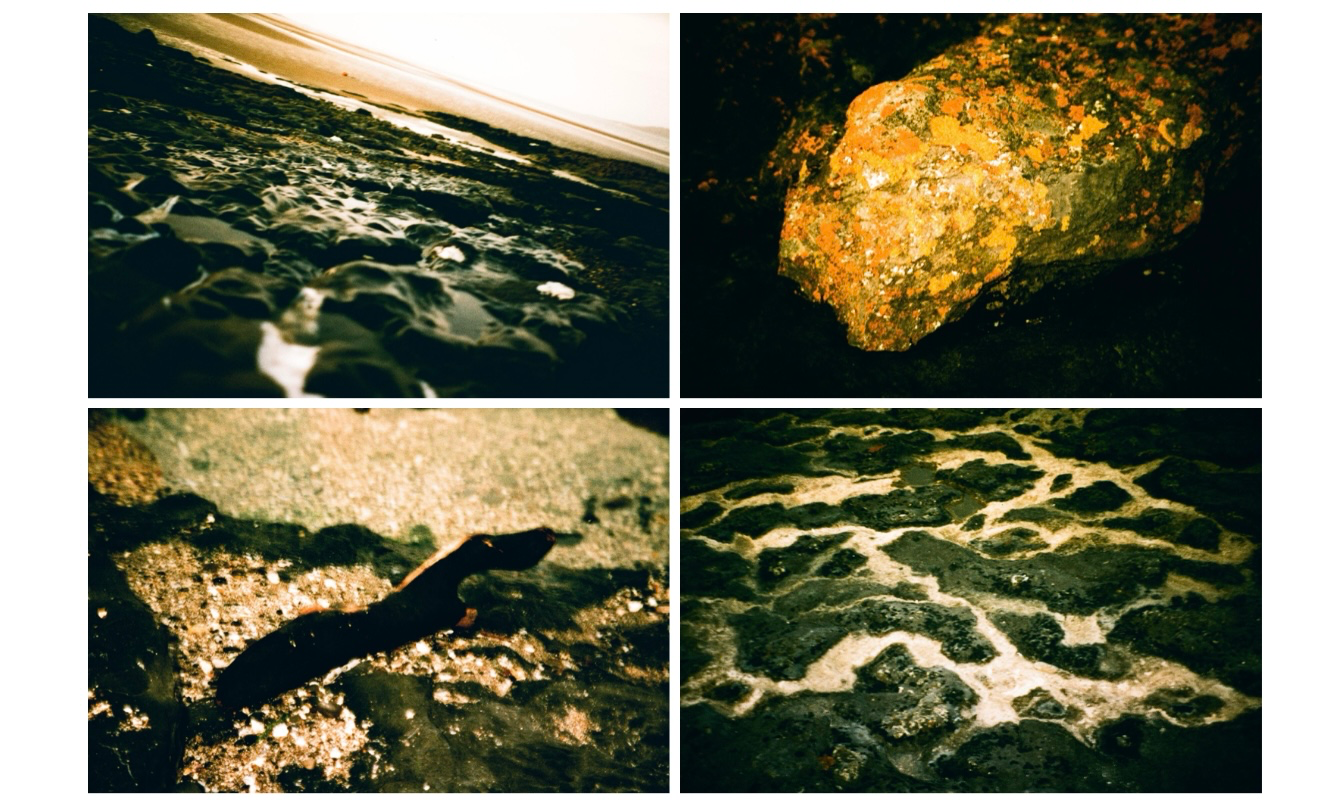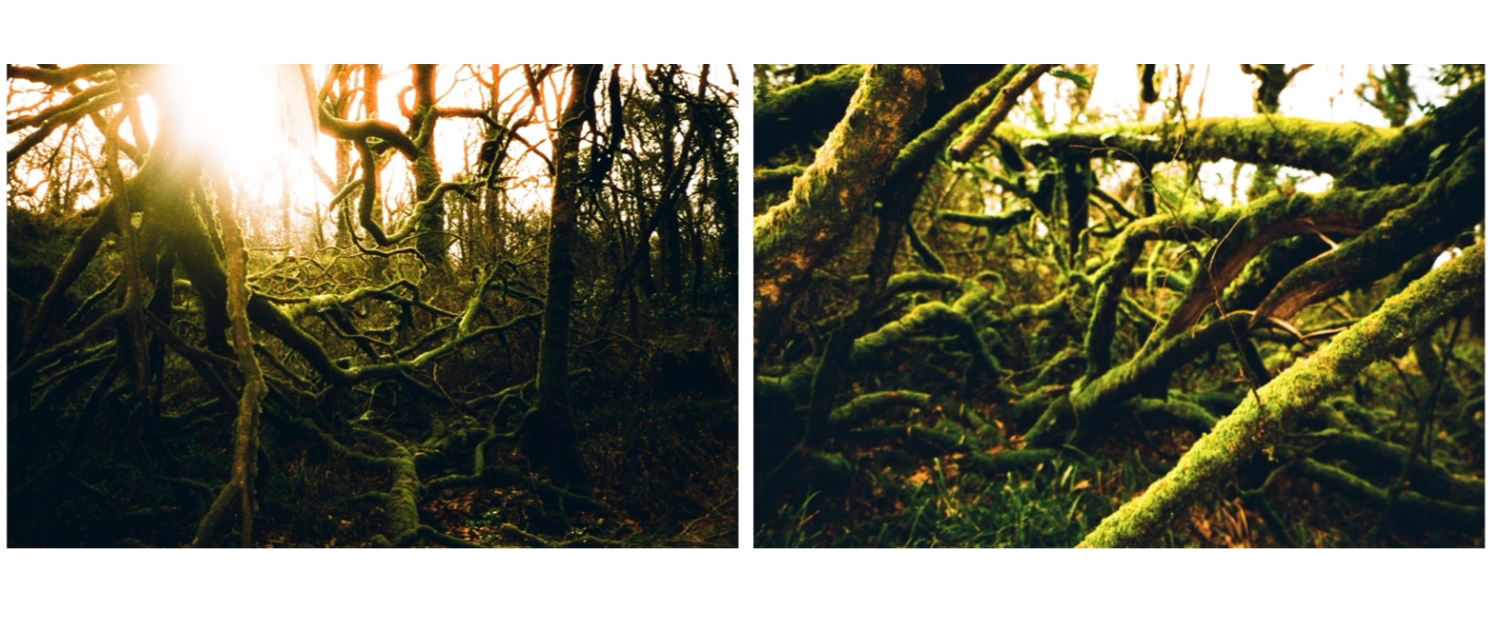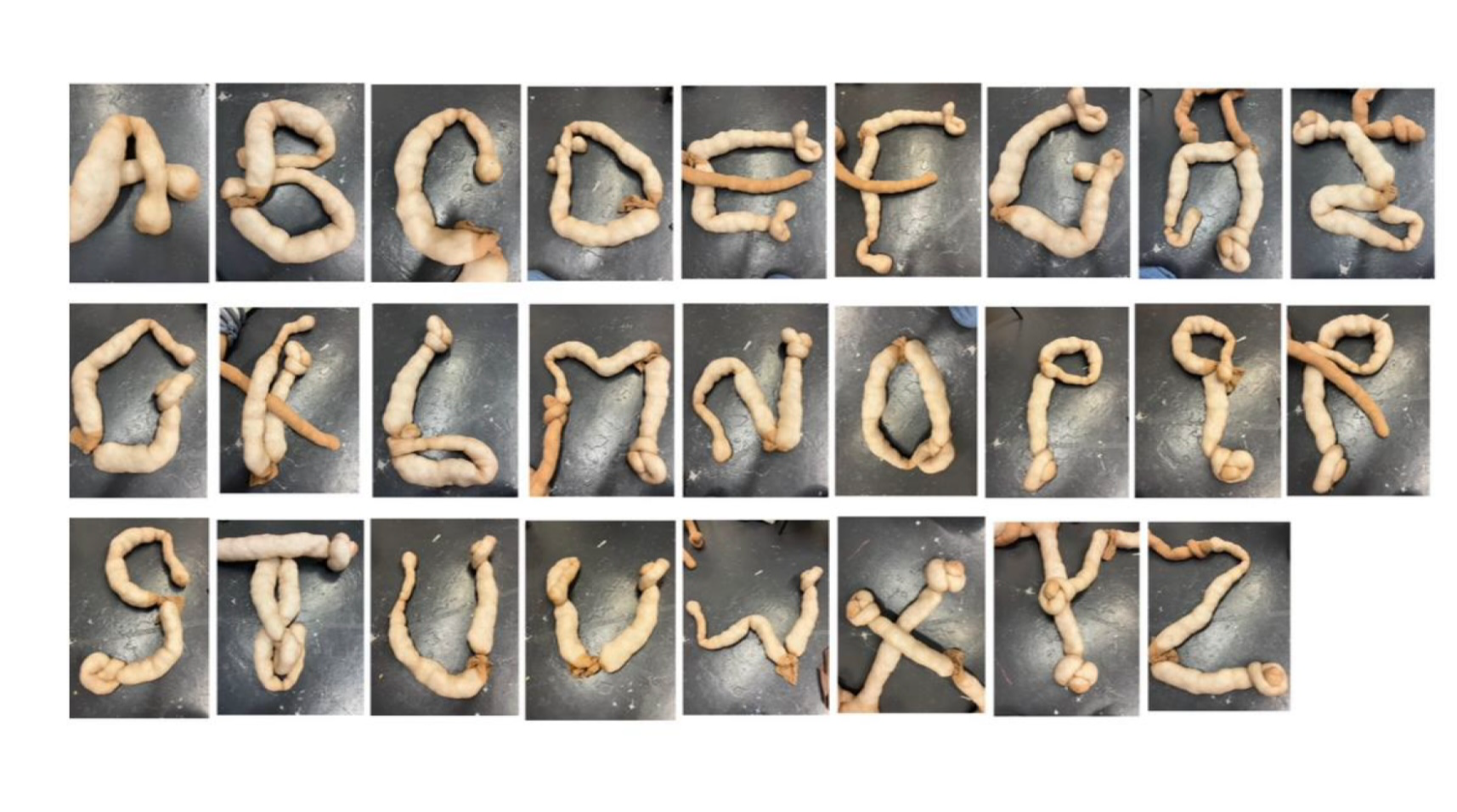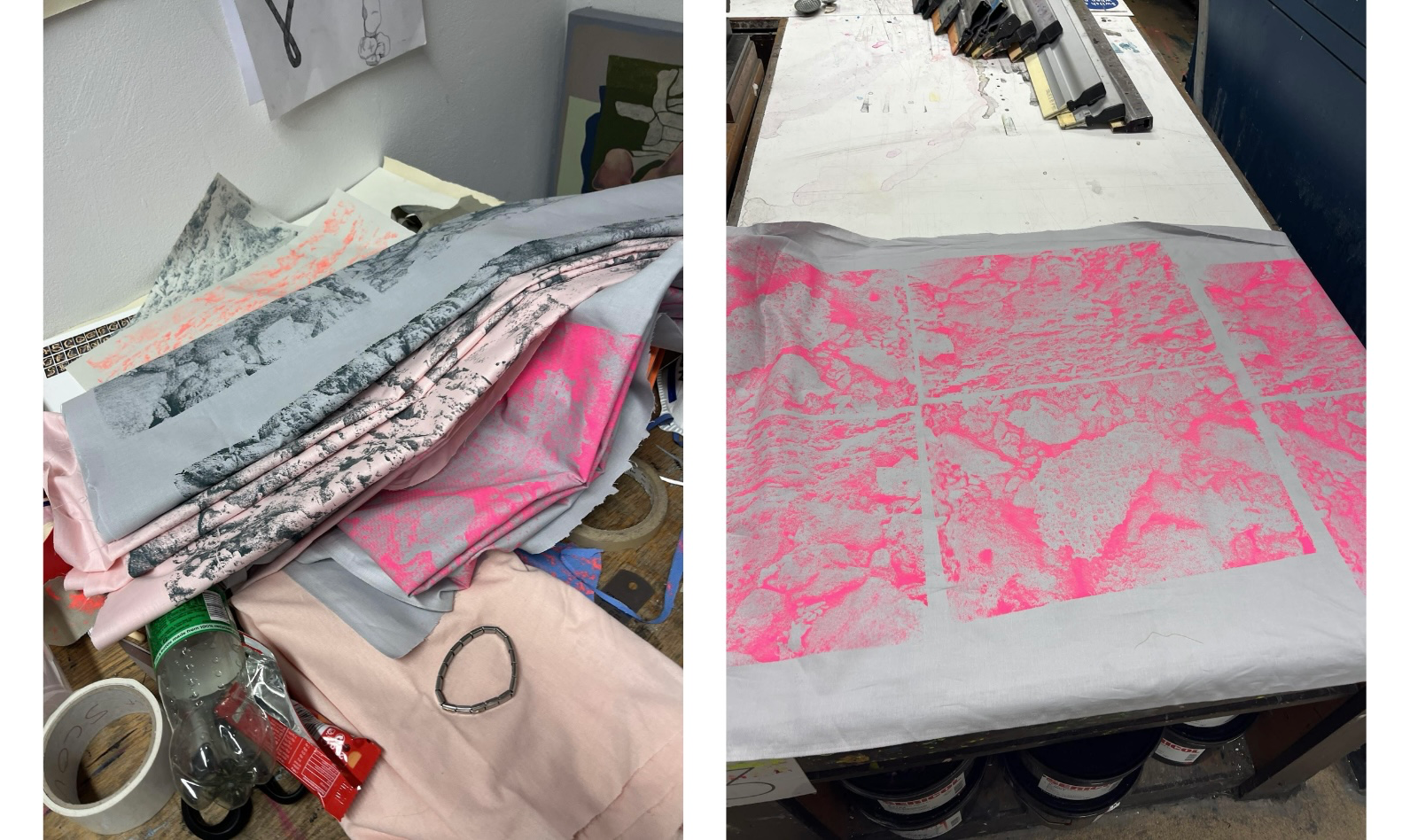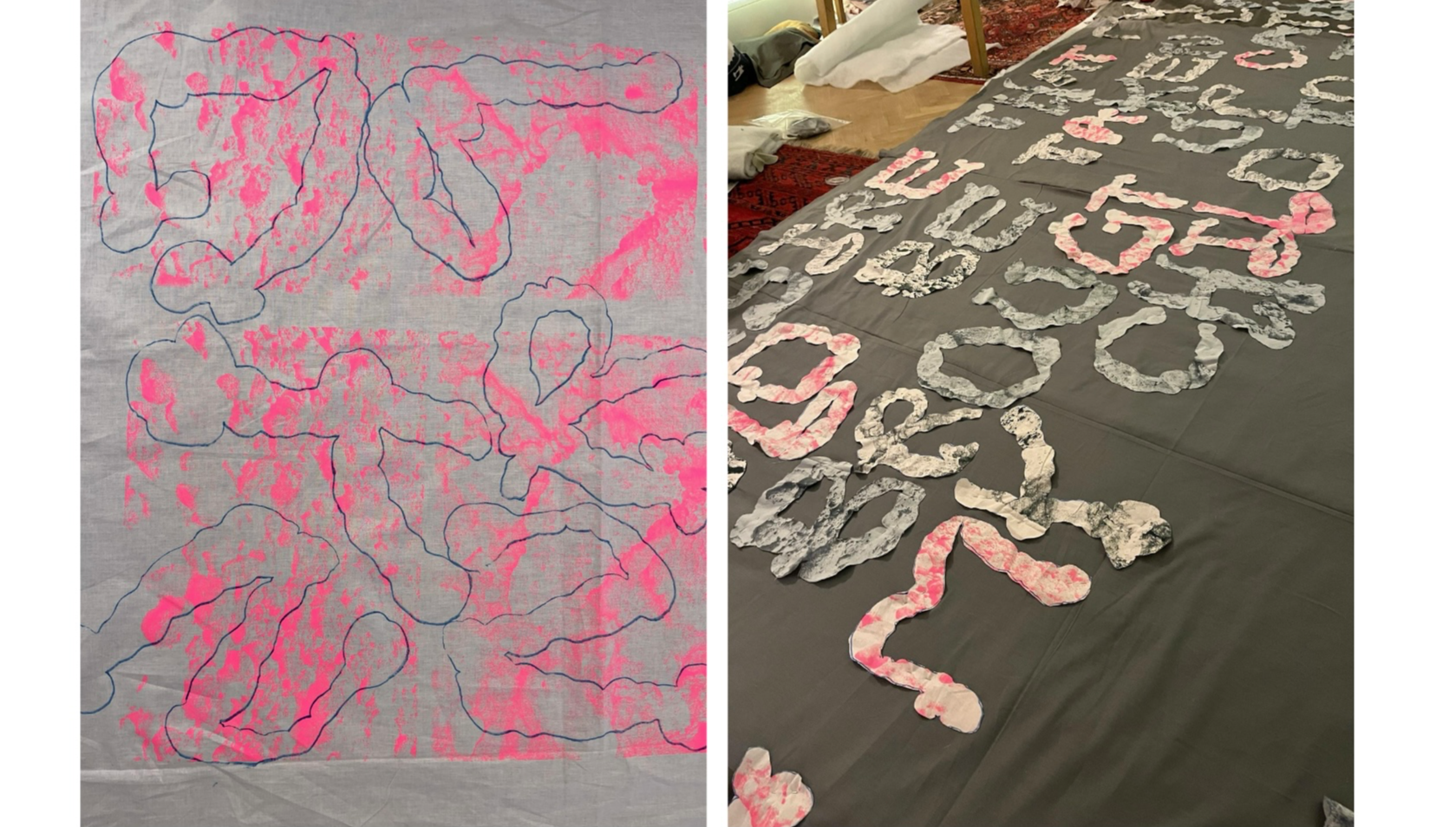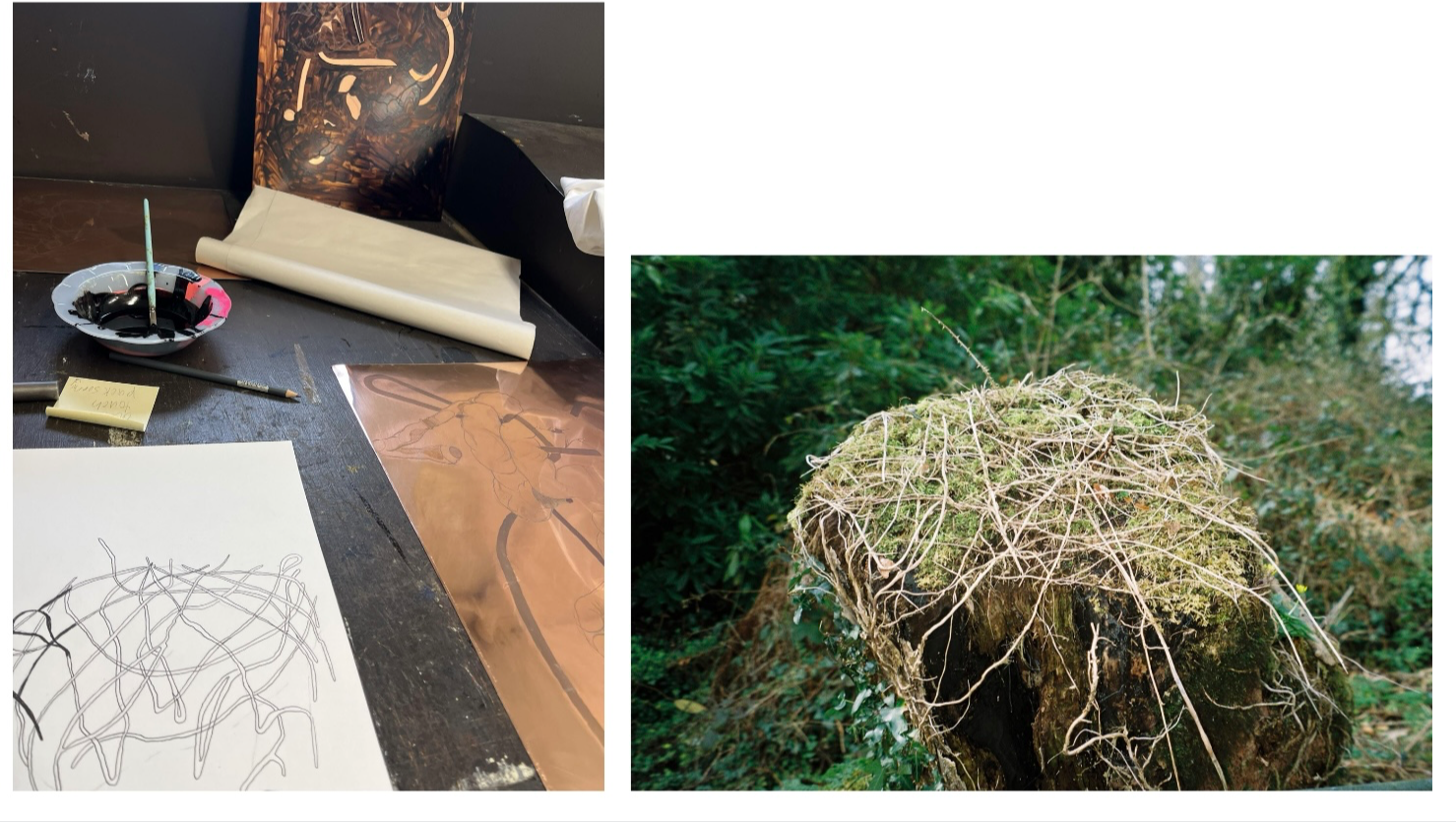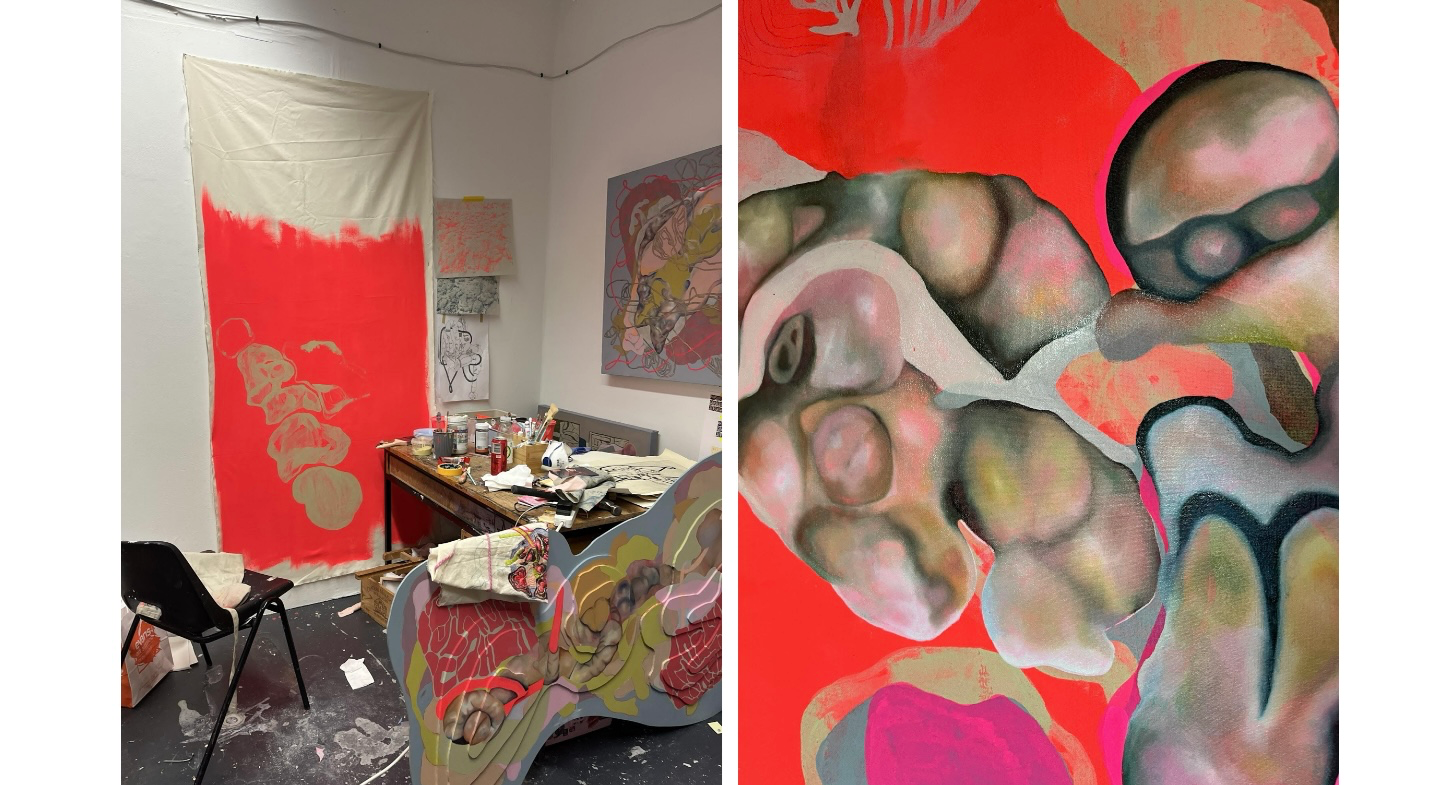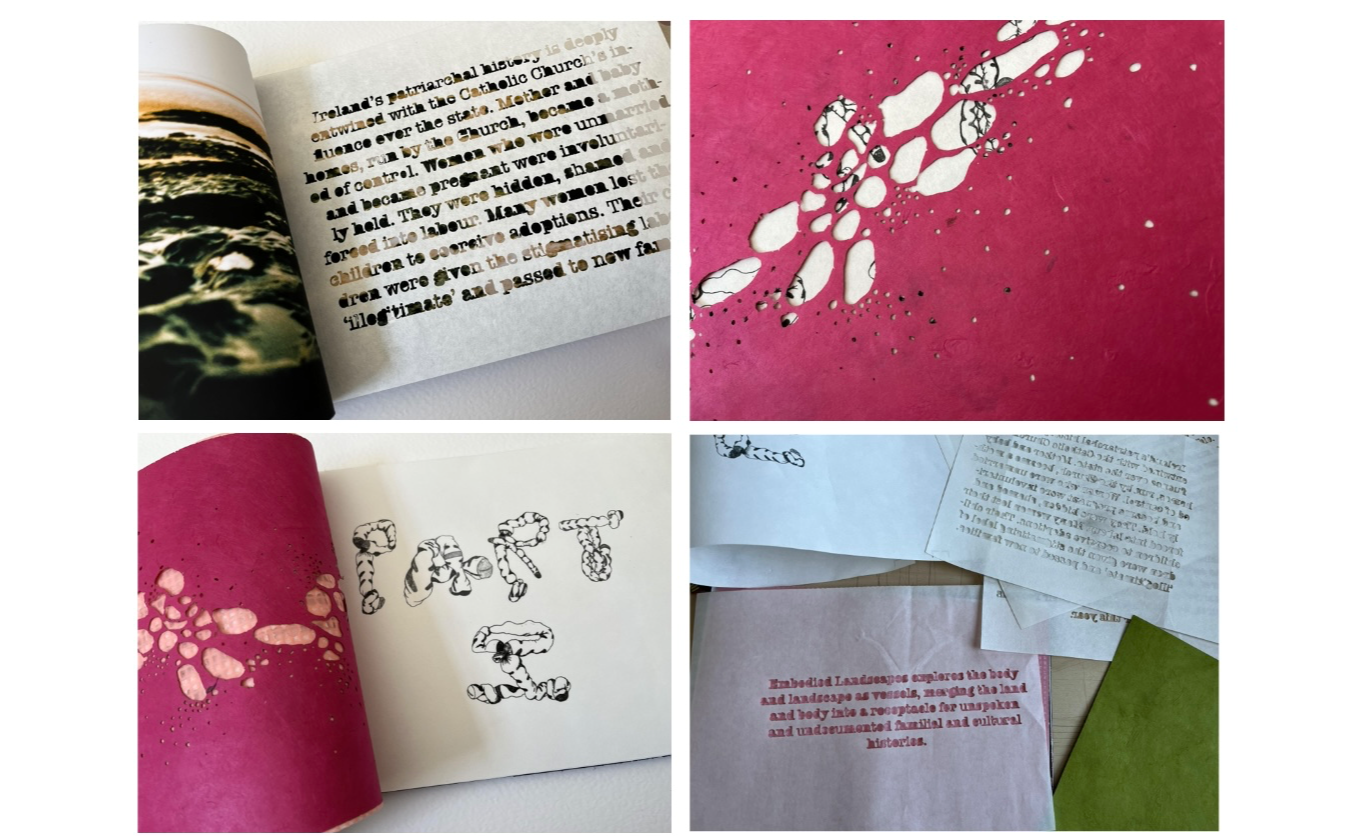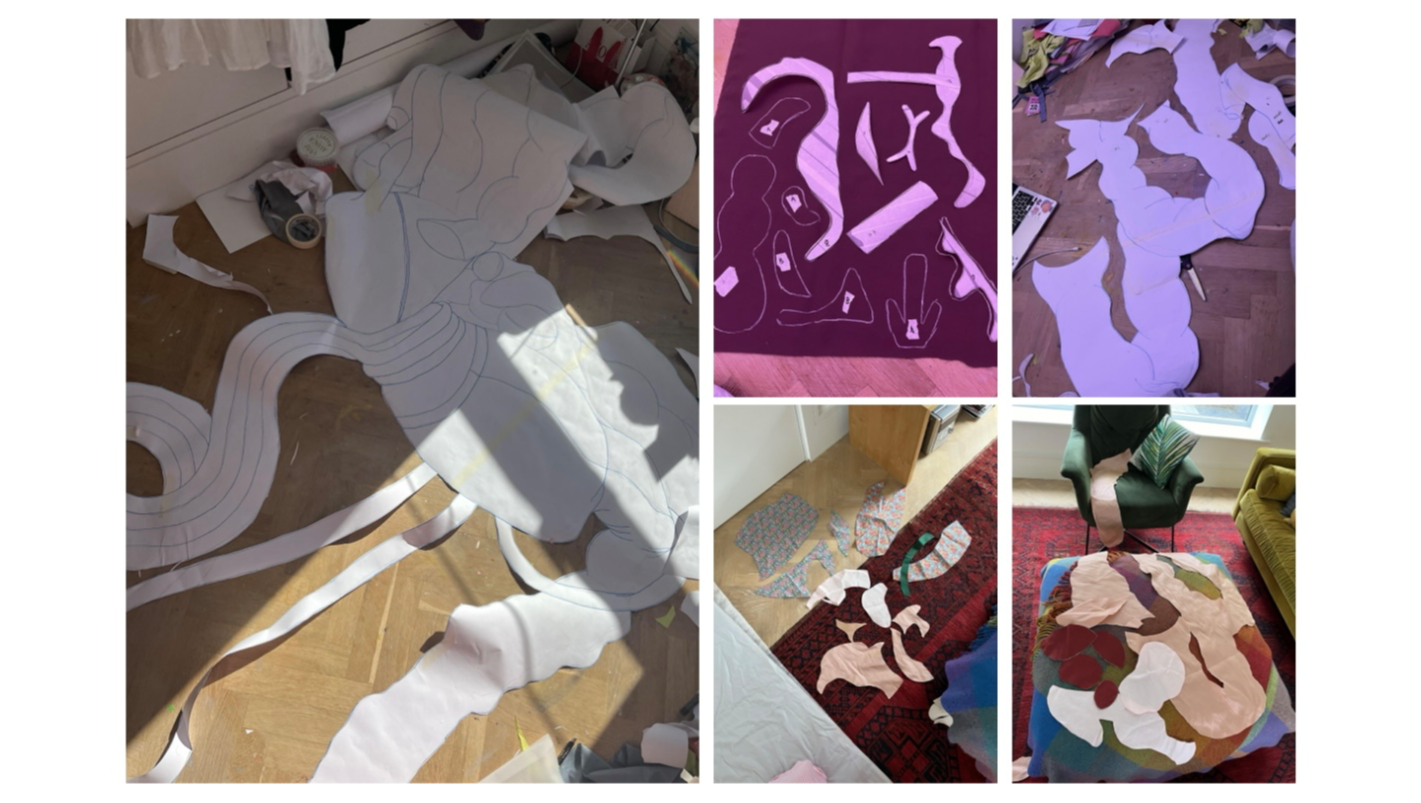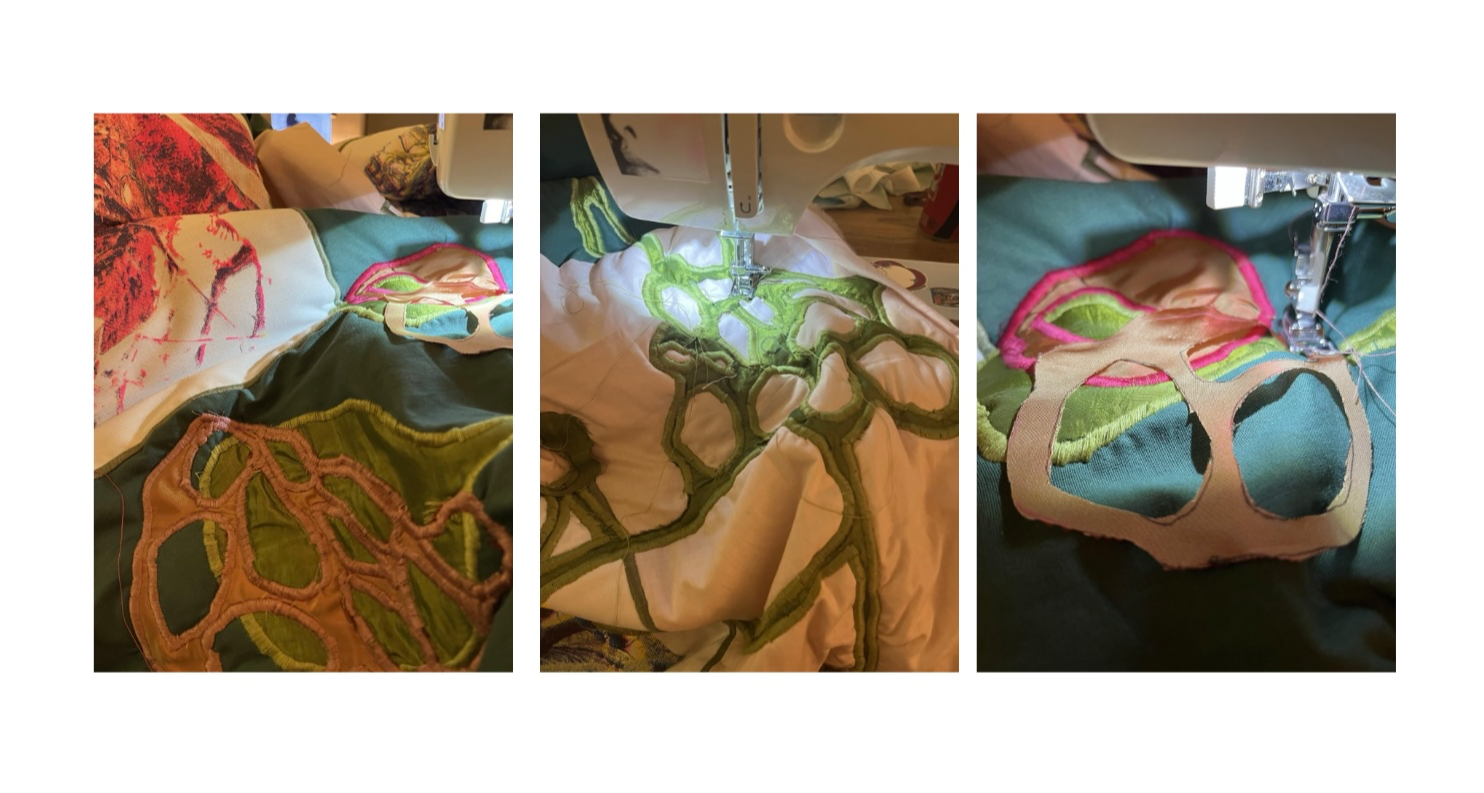Scout McLeod
Fine Art BA Hons
National College of Art and Design Dublin
Specialisms: Fine Art / Printmaking / Textiles
Location: Dublin, Ireland
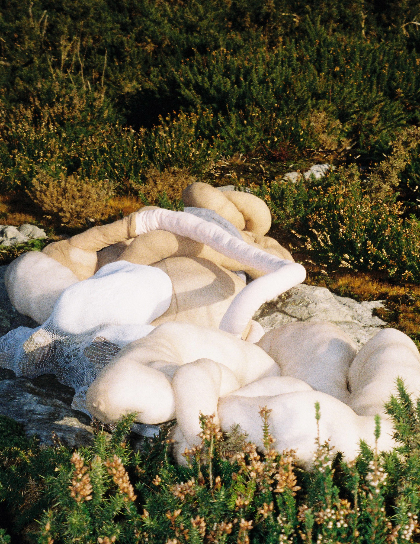

Scout McLeod

First Name: Scout
Last Name: McLeod
Specialisms: Fine Art / Printmaking / Textiles
Sectors:
My Location: Dublin, Ireland
University / College: National College of Art and Design Dublin
Course / Program Title: Fine Art BA Hons
About
I am a printmaker and multi-disciplinary artist working across textiles, sculpture, print and photography. My practice explores themes of ownership, absence, and ambiguous loss. Throughout my work, I explore the body and the landscape as vessels, merging the land and the body into a receptacle for unspoken and undocumented familial and cultural histories and narratives.
My work is influenced by my family's personal experience accessing my father's records from Ireland's Mother and Baby Homes, as well as the relationships formed through this access. I am drawn to the redacted and illegible sections of the records, as well as the weight of what remains unknown due to redaction. The juxtaposition of the inherently clinical aspects of administrative language while simultaneously containing an excruciatingly personal narrative of coercive loss and repressive shame intrigued me.
The motivation behind my practice is to make visible the secretive and painful aspects of both my family's and Ireland's history. By retracing the land I come from and uncovering the stories of my ancestors, I aim to personally and collectively reclaim the narrative surrounding the Mother and Baby Homes.
I work primarily with textiles and quiltmaking, embracing a practice historically associated with the feminine and domestic, yet one that also holds subversive political potential. I'm interested in the complex relationship women have had with textiles. A dichotomous medium that has shifted from an undervalued domestic craft to a form of labour weaponised against women to a powerful tool of political resistance with a presence in contemporary art.
My process begins with the creation of soft sculptures that echo bodily forms through fragmented corporeality. Then, taking them on journeys to landscapes that hold familial memories, but through the perspective of a family dissonant with their land and its history. I view the landscape and body as interconnected entities, vulnerable to being shaped and restrained by extrinsic patriarchal and cultural power structures. By situating the sculpture among relevant sites, the landscape and body become one, a physical manifestation of injustices, of what has been lost and of what could be. I document these interactions through analogue and digital photography. Merging the fluid nature of these processes with the bureaucratic formality of the records.
My sculptures became the subject of my work, as I captured them through drawings inspired by traditional figurative art. I contorted the figures in various ways, portraying emotions such as tension, vulnerability, and shame, selecting emotional responses that my family experienced during the period documented in the records.
The redacted and illegible aspects of the records paralleled with the essence of asemic writing. Inspired by asemic writing and the invitation that wordless writing presents to the viewer to participate and project their narrative into the writing, I created a typeface by contorting and twisting my bodily sculptures into shapes that resemble the alphabetic system, transcending the constraints of written documentation by incorporating the corporeal aspect of my sculptures into the alphabet, documenting my family's trauma. Capturing the emotions and pain language cannot always grasp.
My practice explores themes of ownership, absence, and ambiguous loss. Throughout my work, I explore the body and the landscape as vessels, merging the land and the body into a receptacle for unspoken and undocumented familial and cultural histories and narratives. My work is influenced by my family's personal experience accessing my father's records from Ireland's Mother and Baby Homes, as well as the relationships formed through this access. I am drawn to the redacted and illegible sections of the records, as well as the weight of what remains unknown due to redaction. The juxtaposition of the inherently clinical aspects of administrative language while simultaneously containing an excruciatingly personal narrative of coercive loss and repressive shame intrigued me. The motivation behind my practice is to make visible the secretive and painful aspects of both my family's and Ireland's history. By retracing the land I come from and uncovering the stories of my ancestors, I aim to personally and collectively reclaim the narrative surrounding the Mother and Baby Homes. I work primarily with textiles and quiltmaking, embracing a practice historically associated with the feminine and domestic, yet one that also holds subversive political potential. I'm interested in the complex relationship women have had with textiles. A dichotomous medium that has shifted from an undervalued domestic craft to a form of labour weaponised against women to a powerful tool of political resistance with a presence in contemporary art. My process begins with the creation of soft sculptures that echo bodily forms through fragmented corporeality. Then, taking them on journeys to landscapes that hold familial memories, but through the perspective of a family dissonant with their land and its history. I view the landscape and body as interconnected entities, vulnerable to being shaped and restrained by extrinsic patriarchal and cultural power structures. By situating the sculpture among relevant sites, the landscape and body become one, a physical manifestation of injustices, of what has been lost and of what could be. I document these interactions through analogue and digital photography. Merging the fluid nature of these processes with the bureaucratic formality of the records. My sculptures became the subject of my work, as I captured them through drawings inspired by traditional figurative art. I contorted the figures in various ways, portraying emotions such as tension, vulnerability, and shame, selecting emotional responses that my family experienced during the period documented in the records. The redacted and illegible aspects of the records paralleled with the essence of asemic writing. Inspired by asemic writing and the invitation that wordless writing presents to the viewer to participate and project their narrative into the writing, I created a typeface by contorting and twisting my bodily sculptures into shapes that resemble the alphabetic system, transcending the constraints of written documentation by incorporating the corporeal aspect of my sculptures into the alphabet, documenting my family's trauma. Capturing the emotions and pain language cannot always grasp.
Competitions


